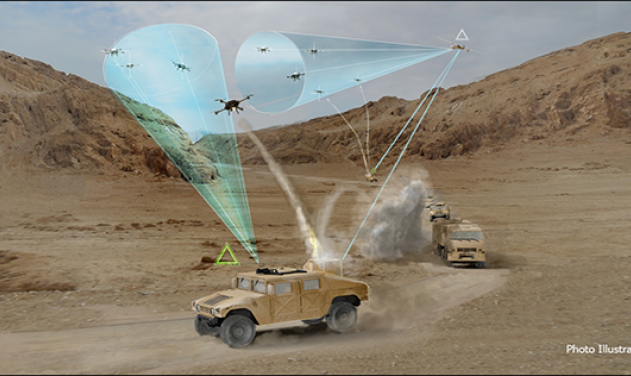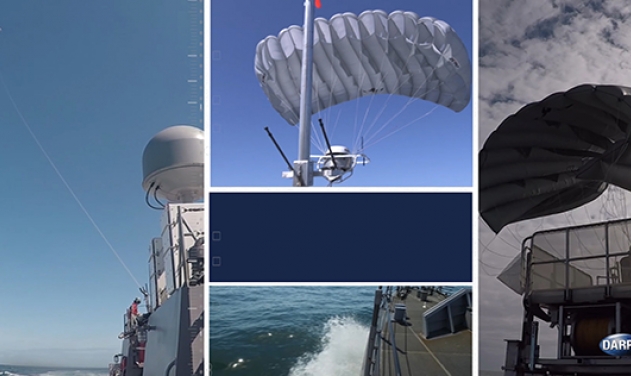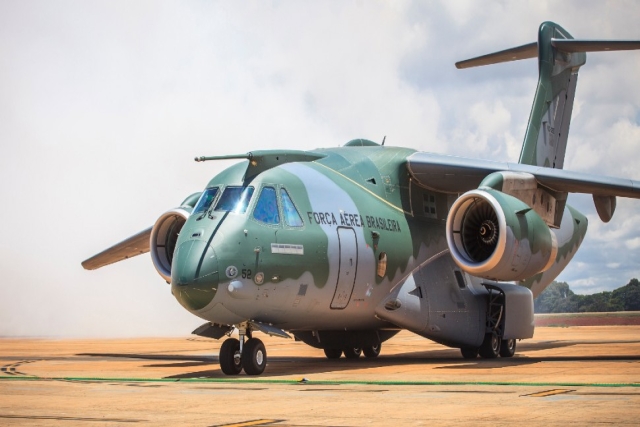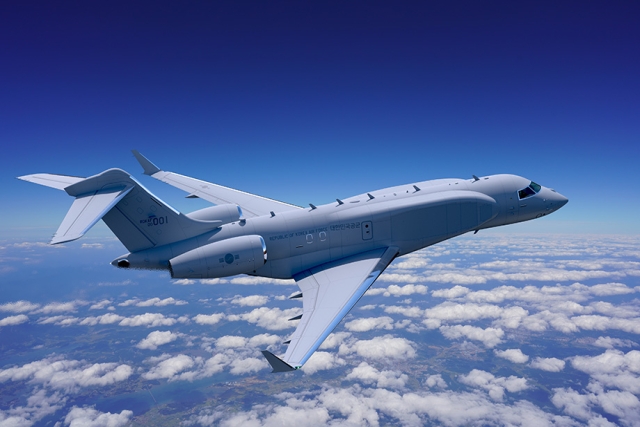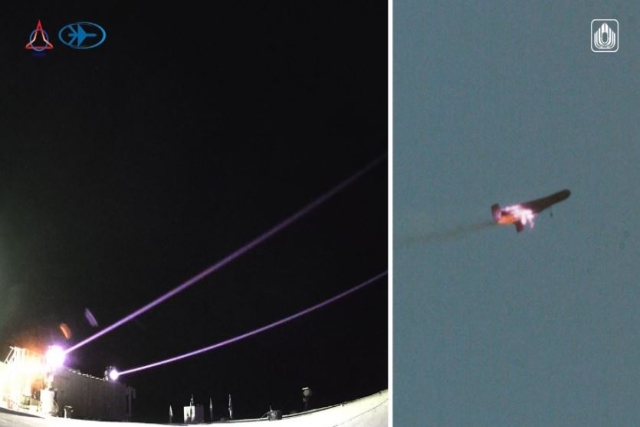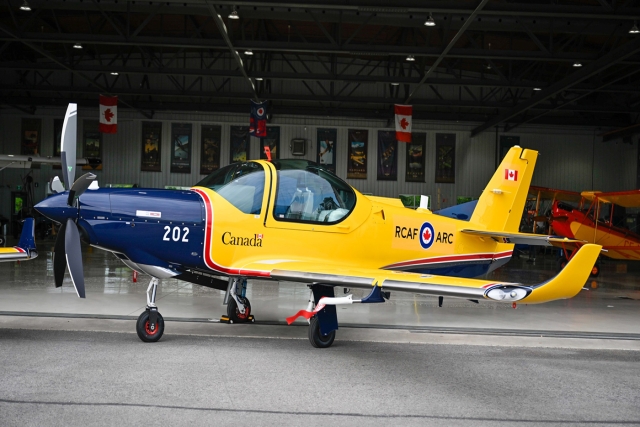DARPA Demos New Cloud-Penetrating Radar Sensor
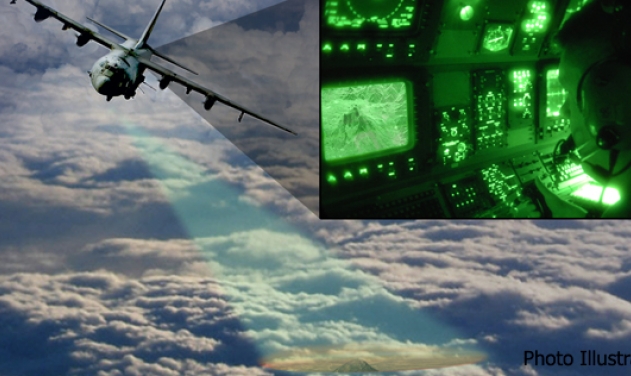
The US Defense Advanced Research Projects Agency (DARPA) demonstrated a new sensor that can capture real-time video through clouds.
The Video Synthetic Aperture Radar (ViSAR) program, which began in 2013, has been developing an Extremely High Frequency (EHF) targeting sensor to operate through clouds as effectively as current electro-optical and infrared (EO/IR) sensors operate in clear weather. The program’s goal is to develop a cloud-penetrating EHF sensor in a moveable gimbal that could be mounted on a variety of aerial platforms to provide high-resolution, full-motion video for engaging moving ground targets in all weather conditions—cloudy or clear.
“The recent flight tests of the ViSAR sensor marked a major program milestone toward our goal, proving that we can take uninterrupted live video of targets on the ground even when flying through or above clouds,” said Bruce Wallace, program manager in DARPA’s Strategic Technology Office. “The EO/IR sensors on board the test aircraft went blank whenever clouds obscured the view, but the synthetic aperture radar tracked ground objects continuously throughout the flight.”
Wallace noted that cloud-penetrating radar—such as from space or other operational systems—has existed in other formats, but there has not been a synthetic aperture sensor, which can fit in a standard EO/IR sensor gimbal on aircraft and maintain frame rates fast enough to track maneuvering targets on the ground. The recent ViSAR tests took place on a modified DC-3 aircraft that flew at low and medium altitudes, allowing researchers to collect and compare data from the ViSAR, EO, and IR sensors mounted on standard sensor gimbals.
“Refining the ViSAR sensor’s visualization software to provide operators a representation they’re used to seeing is the next step in the program,” said Wallace. “We don’t want operators in the back of an aircraft to need special radar training to interpret the sensor’s data—we are working to make the visual interface as easy to interpret as existing EO/IR sensor displays.”
The ViSAR program has demonstrated and continues to push technology innovations in four technical areas: Compact flyable EHF-band exciters and receivers; compact flyable EHF-band medium-power amplifier; EHF-band scene simulation; and advanced algorithms for EHF-band operation.
The next phase of the ViSAR program is to integrate the sensor into an aircraft that includes a complete battle management system, capable of real-time target engagement.

